When the Days Get Shorter
A seasonal care guide for keeping your houseplants happy
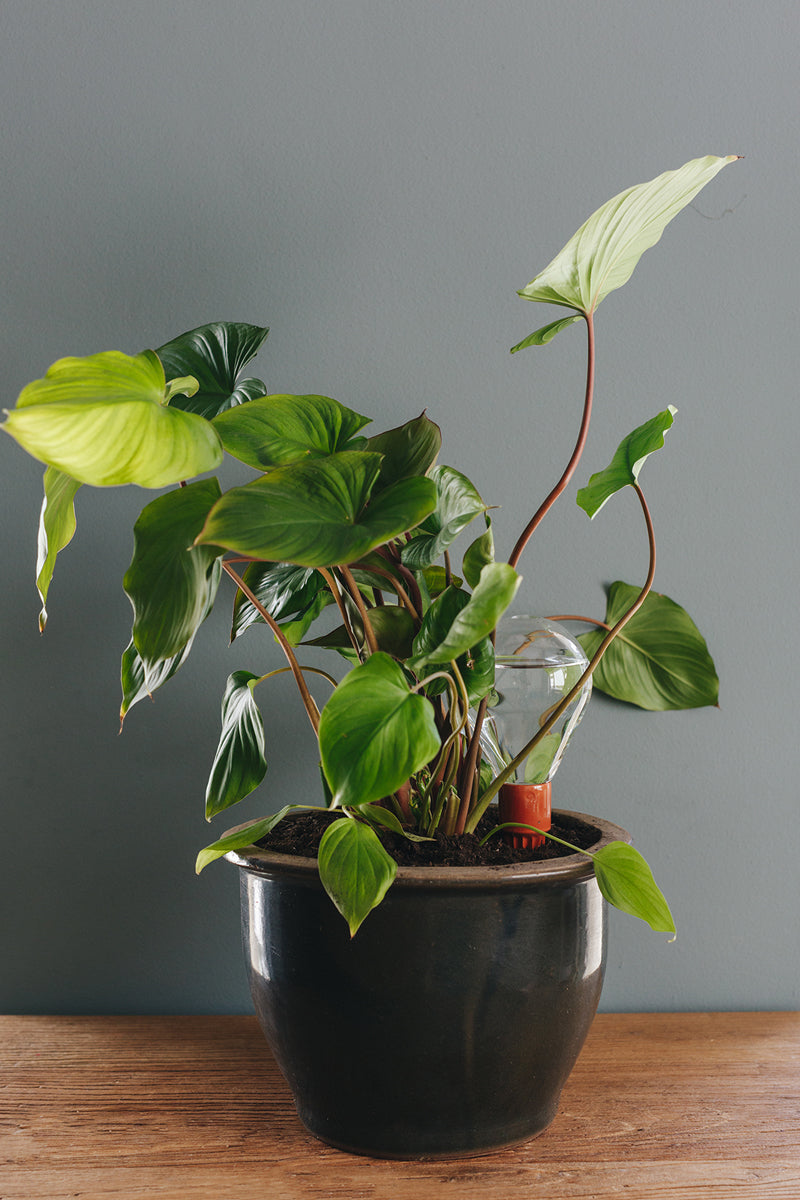
Autumn is here — shorter days, colder nights, and less light coming in through the windows.
While we pull out blankets and spiced tea, our houseplants quietly face a much bigger adjustment.
Most of our indoor greenery originally comes from (sub-)tropical regions, where the amount of daylight and temperature stay fairly stable all year round.
There’s no natural “autumn” or “winter” season in their native habitats — just steady warmth, consistent humidity, and plenty of light.
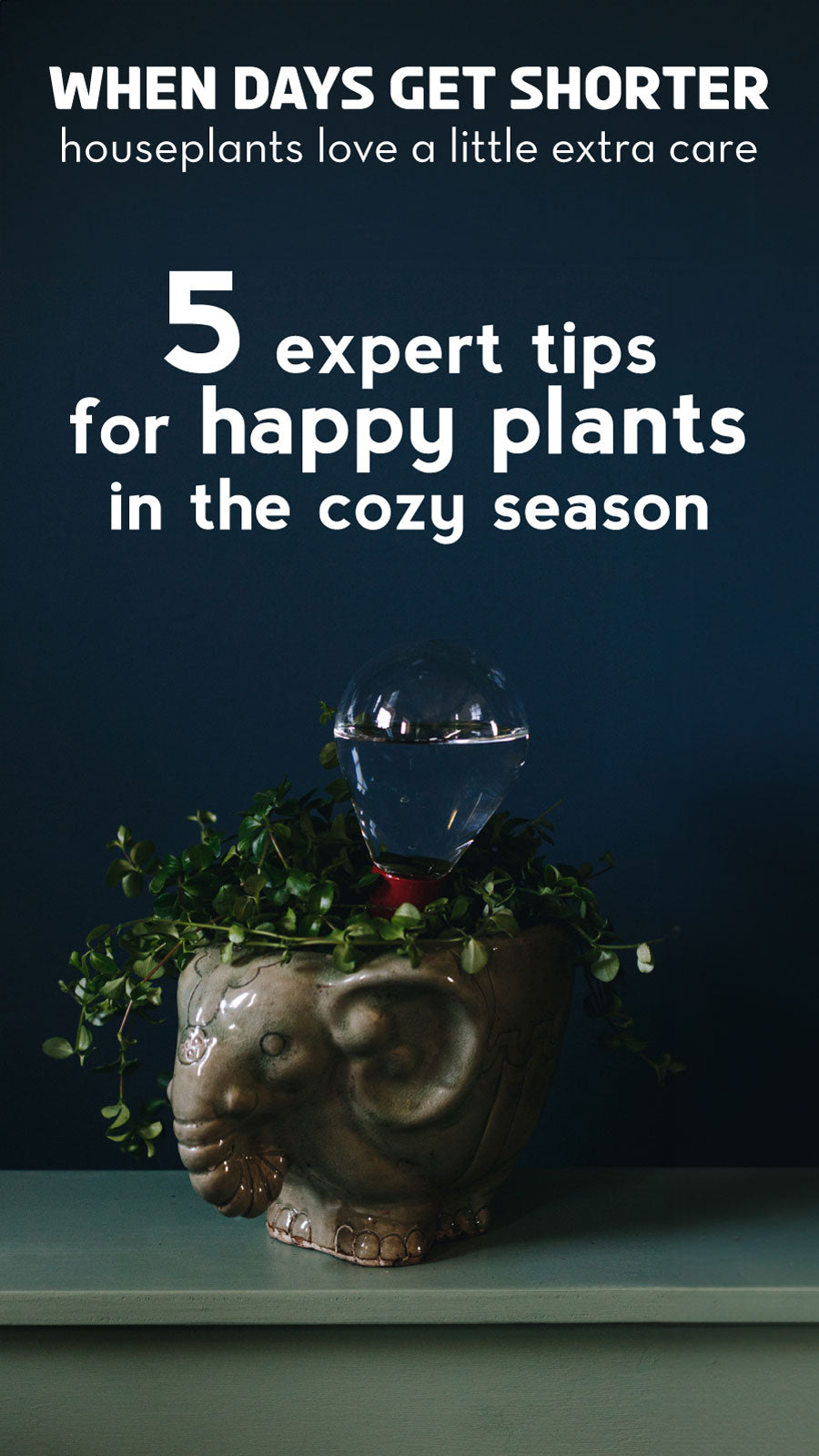
When autumn arrives, the dramatic drop in light intensity and day length can be a real shock for your green companions.
Even if the temperature indoors stays cosy, your plants can’t photosynthesise as efficiently, so their growth slows down or pauses altogether.
That’s why some plants may start dropping leaves, looking paler, or simply seem to pause.
They’re not dying, just conserving energy until the light returns.
With a few small adjustments, you can help them through this slower season.
5 Expert tips to keep houseplants happy in the darker months
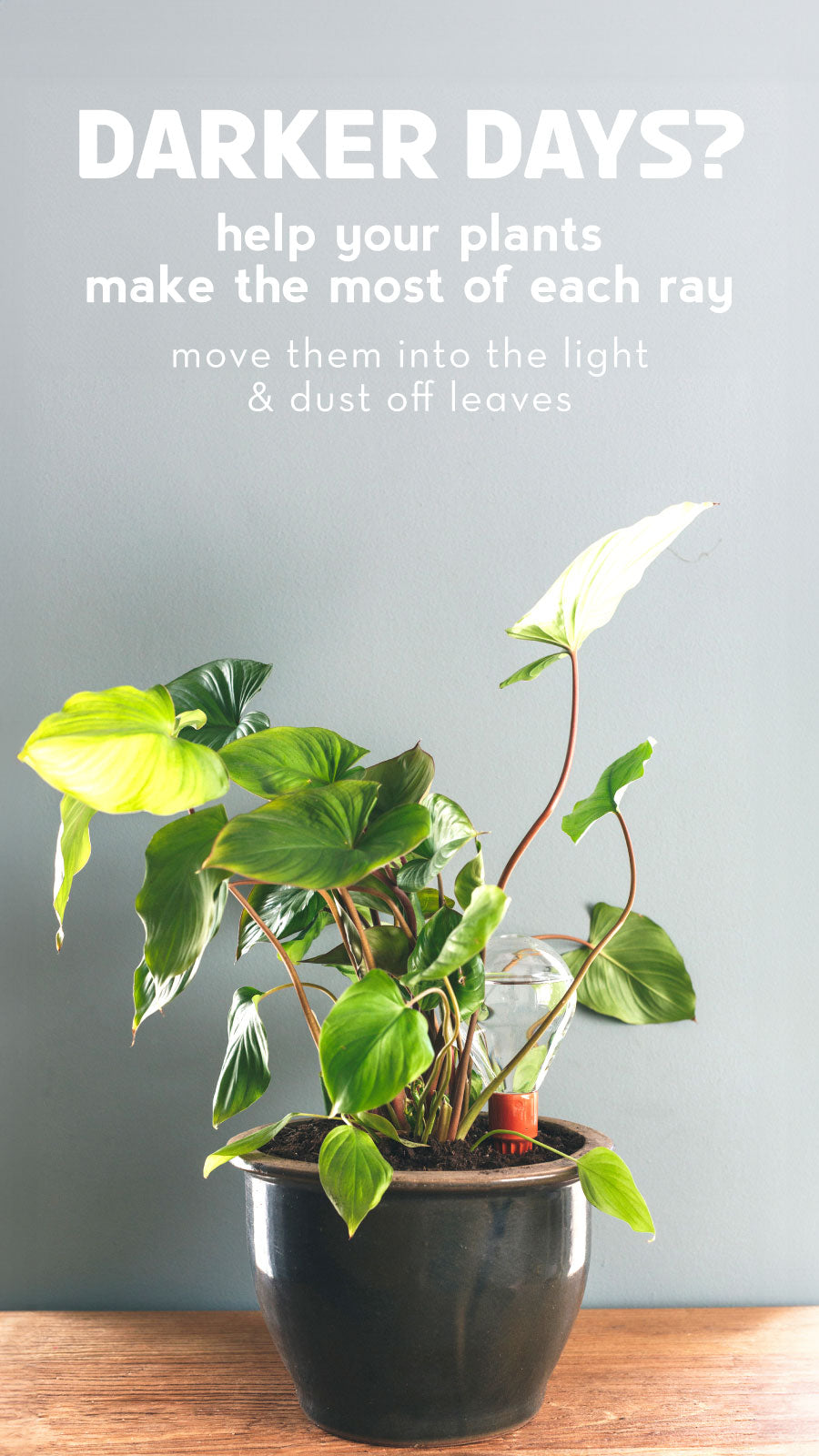
1. Maximise the light
A 2024 study published in Frontiers in Plant Science showed that low light dramatically reduces photosynthetic rate, stem thickness, and overall biomass production in tropical foliage plants.
To compensate for this seasonal slowdown, place your plants closer to bright windows or skylights, and rotate them regularly so that each side gets its share of light.
Dust on leaves can also block light absorption, so gently wiping them clean helps them make the most of every bit of sunshine they can get.
Even small improvements in light can make a big difference to their energy levels and resilience during the darker months.
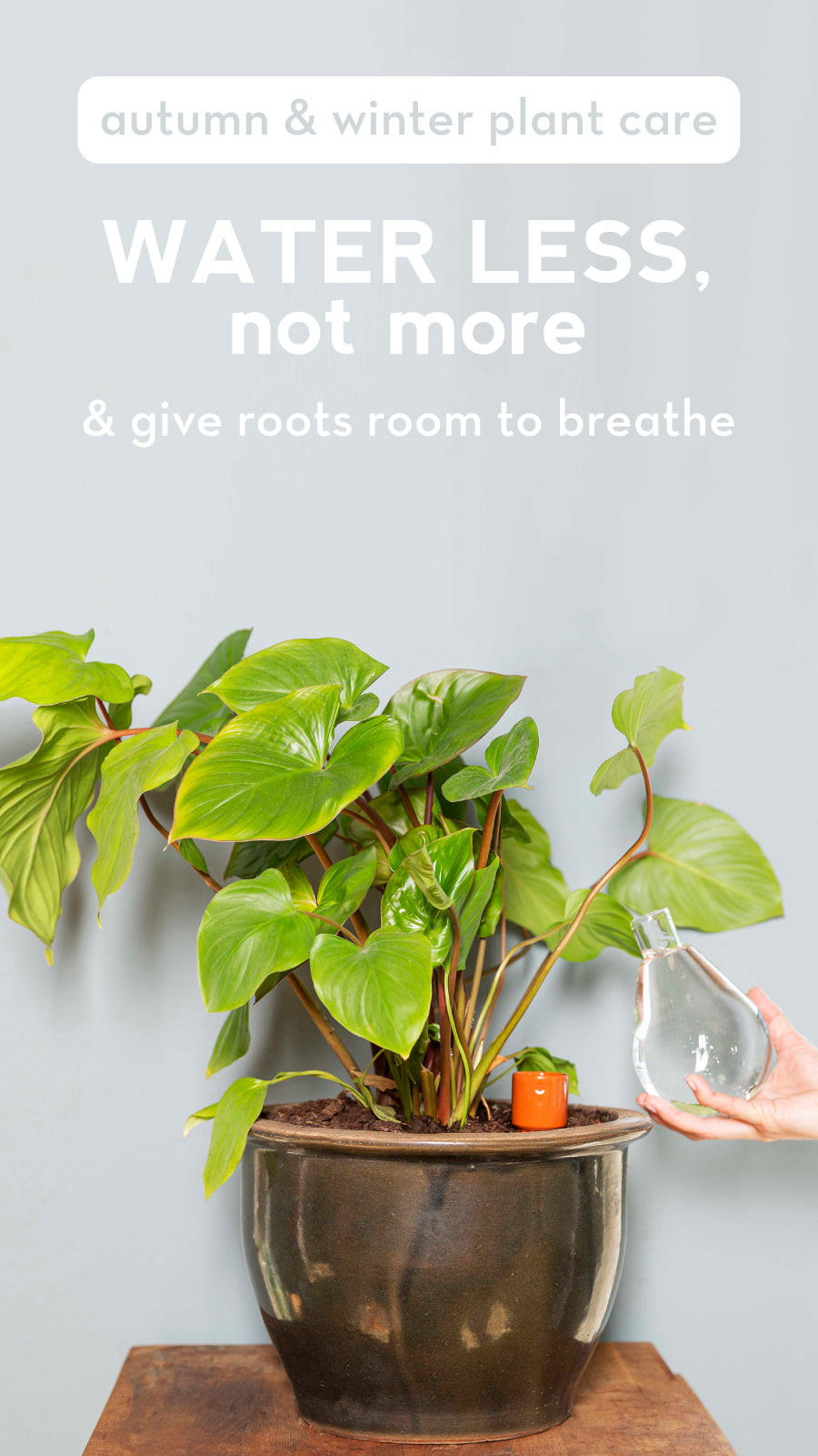
2. Water lightly
Because plants grow more slowly in low light, they use far less water. At the same time, cooler indoor temperatures mean water evaporates more slowly, so the soil stays wet longer.
According to the Mississippi State University Extension (2023), this makes overwatering one of the most common causes of houseplant loss in winter.
When soil stays saturated, roots can’t get enough oxygen, which leads to root rot and makes plants more vulnerable to fungal infections like Pythium.
A passive terracotta system like Waterworks is especially useful now: it releases water gradually and only when needed, keeping roots evenly moist but never waterlogged — ideal for your plant’s slower metabolism in winter.
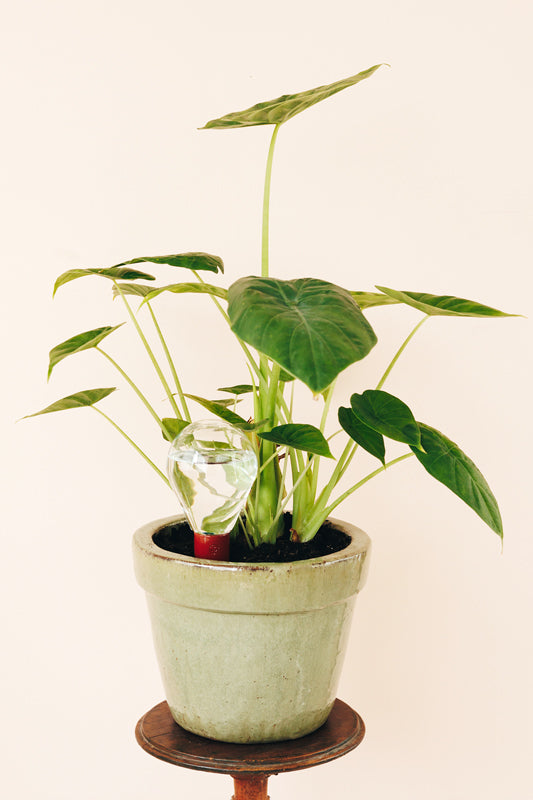
3. Press Pause on Fertiliser
During the darker months, your plants need fewer nutrients because they’re barely putting out new growth.
Adding fertiliser when the plant isn’t actively using it can actually be harmful — excess nutrients can build up as salts in the soil, damaging the root system.
It’s best to stop fertilising altogether in autumn and winter, and only start again when you see clear signs of new growth in spring, such as fresh leaves or stems.
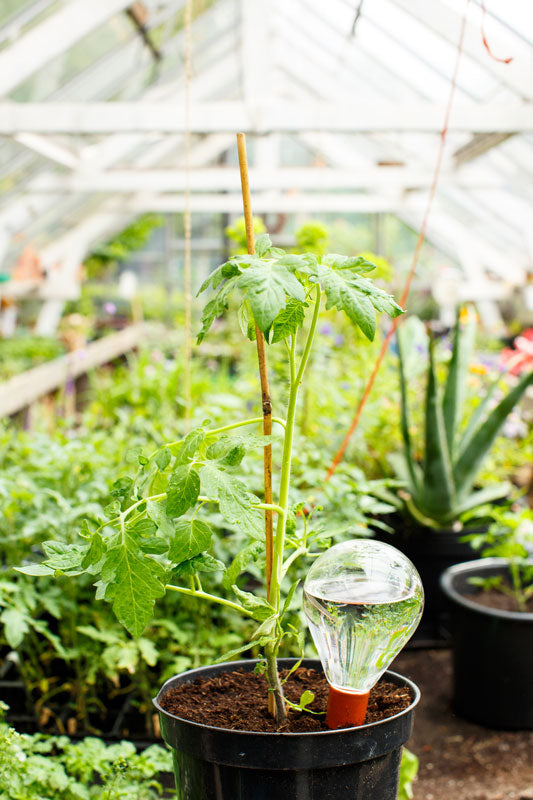
4. Keep the Air Gentle (for humans too)
While plants need less water at the roots in the darker months (as explained above), the air indoors often becomes much drier once windows stay shut and the heating comes on.
This drop in humidity raises the vapour pressure deficit (VPD) around leaves, which increases transpiration — the water loss through leaves — even when the soil is still moist.
A review in New Phytologist (Grossiord et al., 2020) shows that low humidity and high VPD drive faster water loss, reduce stomatal conductance, and can suppress plant growth.
To help, keep the soil slightly drier, but raise the air humidity: group plants together, place them on trays with water and pebbles, or keep a small open water reservoir nearby to let moisture evaporate.
Bonus: Maintaining indoor humidity around 40–60% also supports human health by reducing respiratory irritation and limiting airborne virus spread.
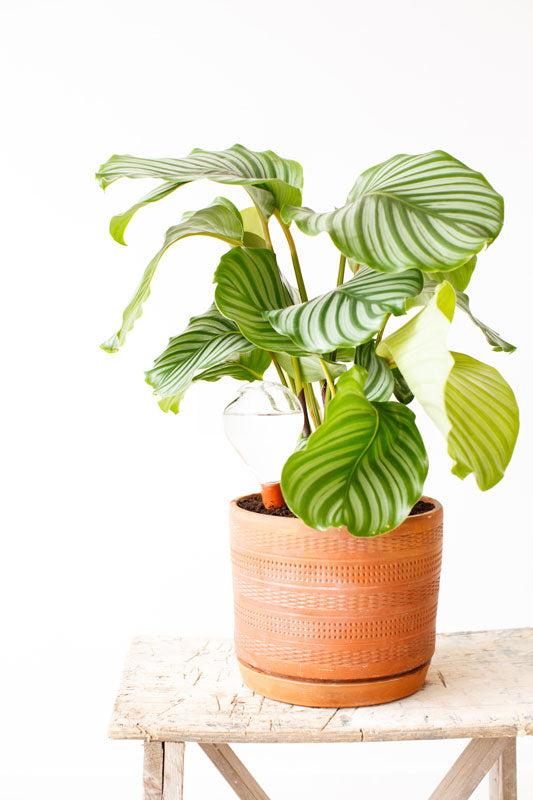
5. Keep Them Clean & Pest-Free
With less light and slower growth in autumn and winter, houseplants become more vulnerable to pests and fungal problems. Dust and particulate matter on leaves reduce the light reaching leaf surfaces and can even block stomata, lowering a plant’s ability to photosynthesise properly.
A study by J. K. Lee et al. (2021) showed that adsorption of particles onto leaves of indoor plants significantly reduces photosynthetically active radiation (PAR), leading to declines in growth and increased stress.
To help, give your plants a quick weekly clean-up: remove dead or yellowing leaves, gently wipe dust off surfaces, and inspect for signs of pests like spider mites or fungus gnats. Clean leaves will absorb more light and help your plant stay strong through the darker months.
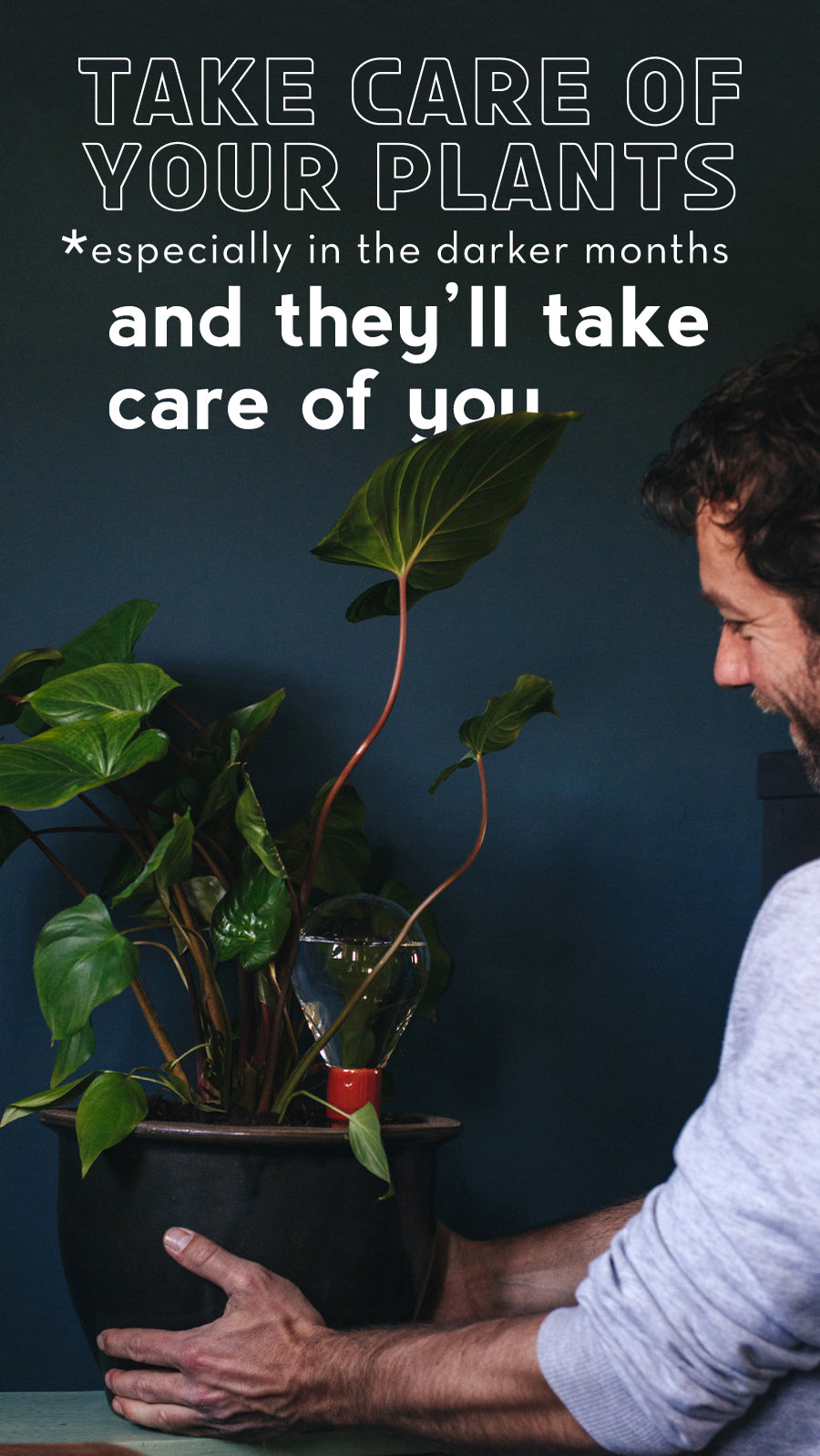
A Little Extra Care Goes a Long Way
Your plants might slow down a bit during the darker months (and honestly… same).
They’re just saving their energy until the light returns.
With a few small tweaks to your care routine, you can help them stay healthy and resilient all season long — so they’ll be strong, vibrant, and ready to pick up the pace when the days grow brighter again.
And while they’re bringing some much-needed green to the grey months outside, they’ll quietly be taking care of you too: science shows that surrounding yourself with plants can boost your mood, focus and well-being.
Take care of your plants this season, and they’ll take care of you, all year round.
